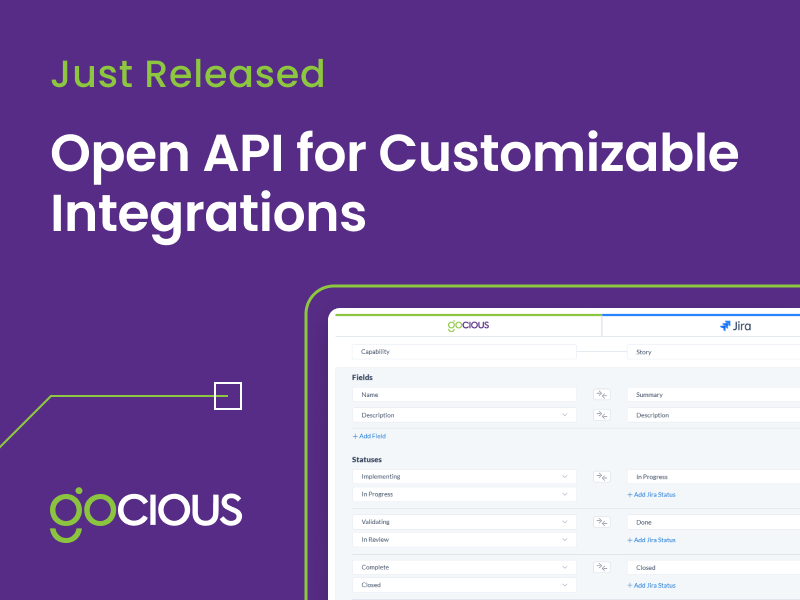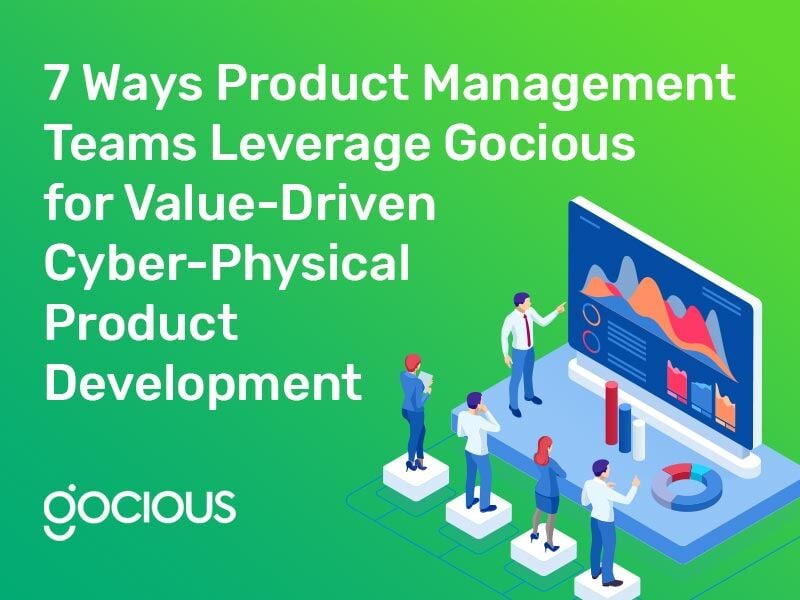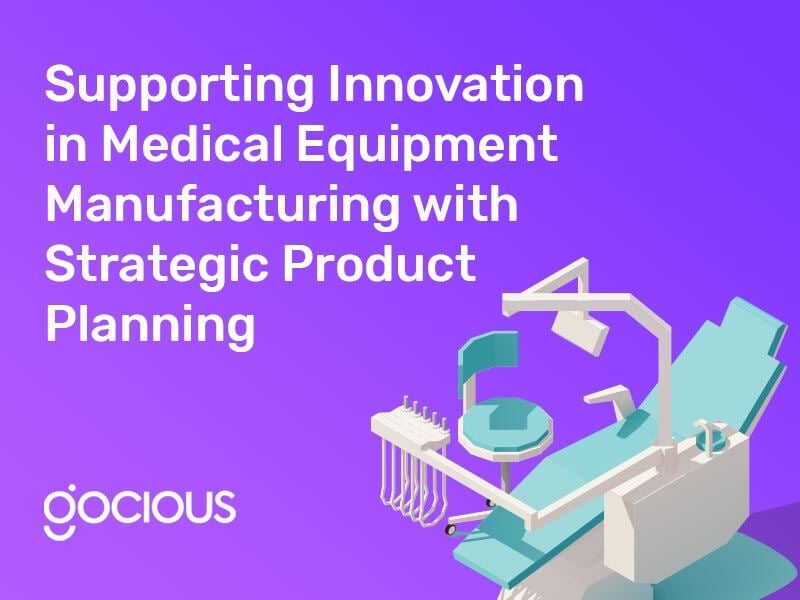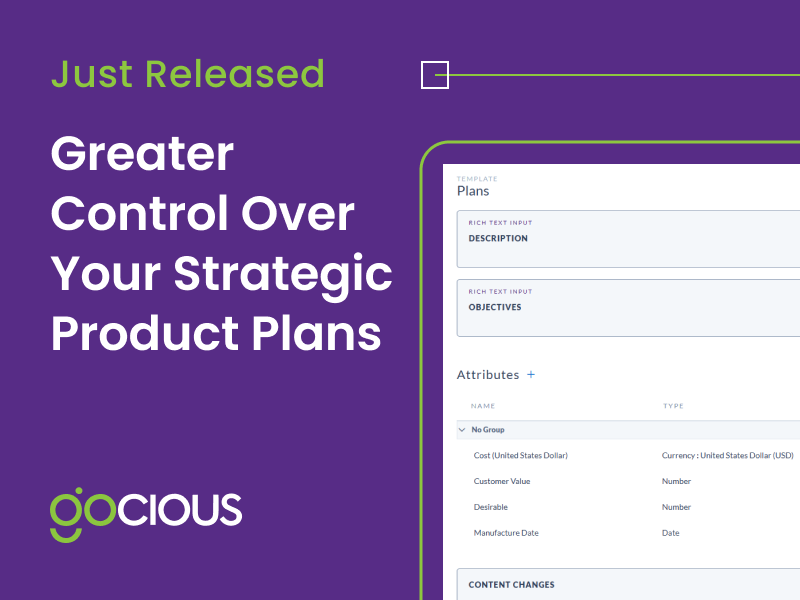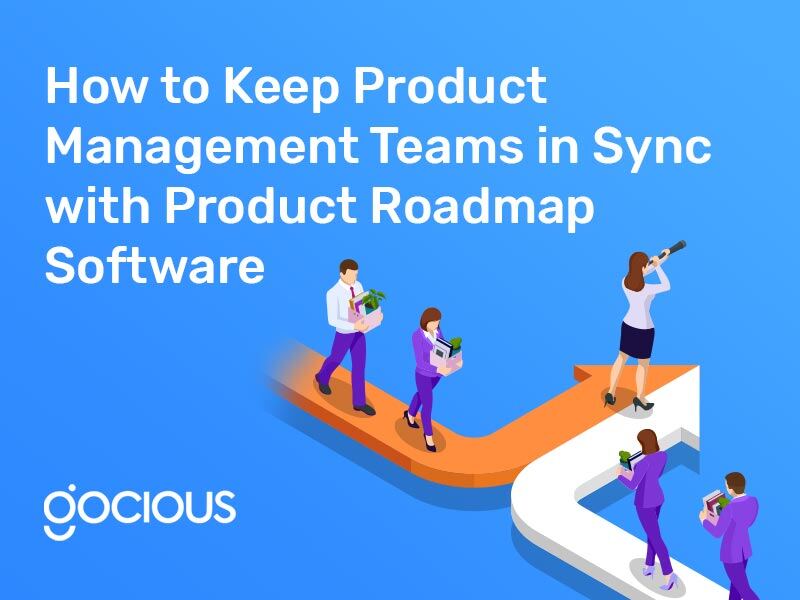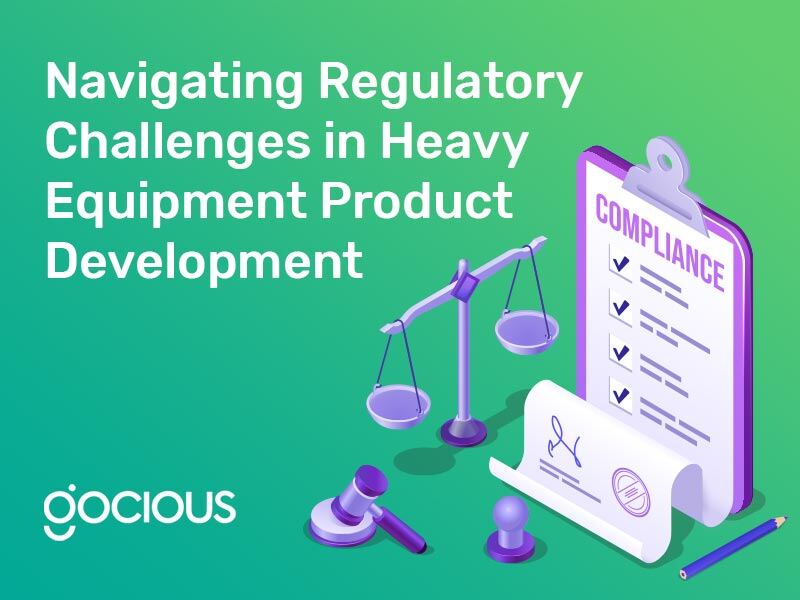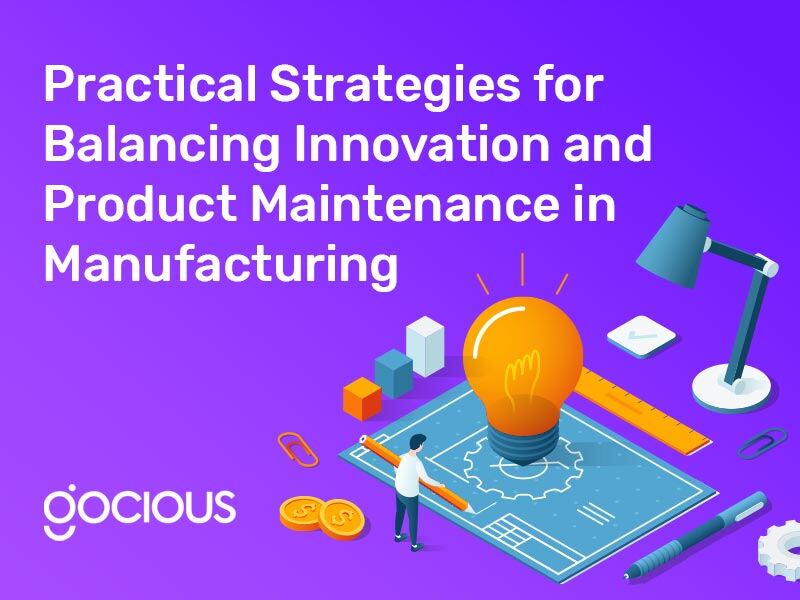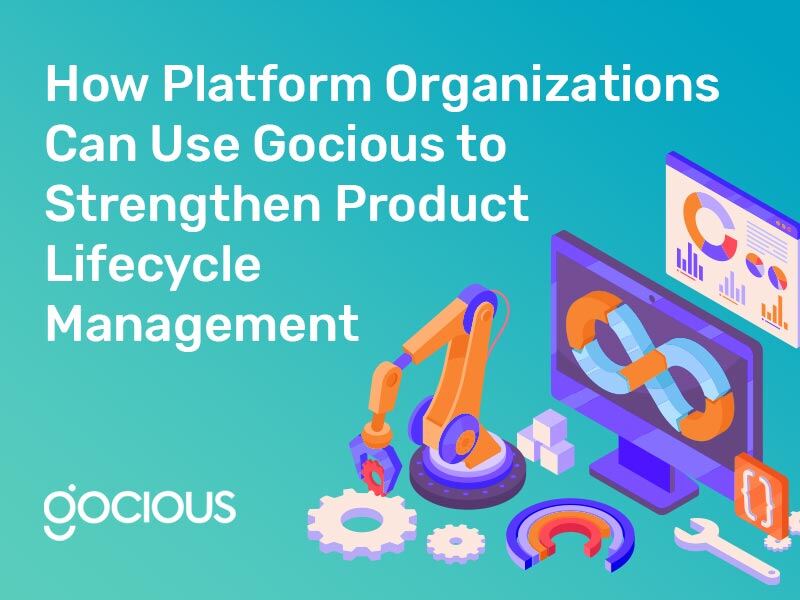
Subscribe to our blog
Ready to improve your roadmapping process?
Curious about how Gocious can help your manufacturing team transform its Product Lifecycle Management strategy? Let’s schedule a call to explore!
Product Management Articles
7 Ways Product Management Teams Leverage Gocious for Cyber-Physical Product Development
Modern consumers are driven by more than just price; they’re seeking high value and an amazing experience. That doesn’t mean value for their money isn’t a major factor, but it does mean that buyers are looking for products that deliver more than expected. For example, a company that designs, manufactures, and sells farm equipment at affordable prices and is designed to make routine farm work more efficient, saving the farmer time, fuel, and money, will have an advantage over other companies. This value-driven cyber-physical product combines sturdy hardware pieces with innovative software that goes above and beyond customer expectations.
Supporting Innovation in Medical Equipment Manufacturing with Strategic Product Planning
Innovation drives the medical equipment industry, pushing boundaries to create devices that improve patient outcomes, streamline healthcare delivery, and enhance quality of life. Yet, innovation in this sector needs to be more straightforward. Manufacturers must navigate a labyrinth of regulations, market demands, and technological advancements—all while ensuring safety and efficacy.
Transforming Strategic Product Portfolio Management: The Gocious Advantage
Introducing New Plan Templates and Task Management Features
At Gocious, we’re committed to creating an all-in-one solution for strategic portfolio management. With our latest updates, including plan templates and comprehensive task management features, we’re closing the gap toward a complete Product Lifecycle Management (PLM) tool that empowers product managers to connect siloed areas, manage tasks across the lifecycle, and streamline their strategic planning. Here’s how these new features work and how they can benefit your teams.
Mastering Product Portfolio Management: 5 Crucial Benefits Gocious Delivers
Clarity, Control, Customer-Centric Success
Strategic product portfolio management provides the clarity and control required to adequately prioritize development initiatives and align innovation with market demands and long-term business goals. With clear portfolio oversight, companies can keep their teams aligned to strategic objectives, better address risks, and stay informed on market shifts.
Best Practices for Aligning Product Evolution with Customer Needs in Industrial Manufacturing
Many industries are adapting to evolving technology and innovation, especially in manufacturing. It's the same story with industrial manufacturing. Embracing new technologies and responding to shifting customer demands is essential to stay competitive in today's marketplace.
Product Forecasting: How to Build Forecasts that Shape the Future of Your Company
Forecasting your product line's future is not just an exercise in planning—it's critical to your company's survival. A well-crafted forecast helps you anticipate market demand, adapt to shifting customer preferences, and stay ahead of your competitors. Whether you're managing software products that evolve with new features and updates or physical products that require eventual sunsetting, product line forecasting empowers you to make data-driven decisions.
How to Keep Product Management Teams in Sync with Product Roadmap Software
Creating, producing, and managing products involves many important players, from product and engineering organizations to executive and go-to-market teams. One challenge is keeping all these stakeholders informed when it matters most. Part of this responsibility lies with product management teams, and with the right tools to help them, keeping each other and the rest of the organization in sync becomes easier.
Overcoming Common Hurdles in Heavy Equipment Product Development
Manufacturing heavy equipment requires the careful coordination of many dynamic parts. Not only do the hardware and mechanical components need to integrate seamlessly with software programming, but both parts must line up in the development schedule. Assuming the product comes together without issues, it must also satisfy the customer, delivering value in both expected and unexpected ways.
Navigating Regulatory Challenges in Heavy Equipment Product Development
Product design and development are complex by nature. An intense amount of research, innovation, and testing is involved in designing new features that users find valuable. Add in the unique challenges presented by the associated regulating bodies of each industry, and the challenges extend beyond the technical complexity of the products themselves.
Practical Strategies for Balancing Innovation and Product Maintenance in Manufacturing
In product development, struggles often form between setting goals and following through on achieving those goals. Such is the conflict between innovation—creating new features and products—and maintenance—keeping existing products running smoothly.
How Platform Organizations Can Use Gocious to Strengthen Product Lifecycle Management
Platform organizations face specific challenges in managing their product lifecycle (PLM). These organizations, which rely on interconnected ecosystems of products, services, and stakeholders, must balance innovation with the need for solid returns on investment (ROI). Successful PLM is crucial to achieving this balance, but it can be complex for many organizations.
New Product Introductions (NPIs): How to Accelerate Time-to-Market with Dynamic Roadmaps
The ability to introduce new products and introduce them to the market quickly creates a significant competitive advantage. However, accelerating time-to-market requires more than just speed; it demands precision, clarity, and the ability to adapt to changing circumstances. Dynamic product roadmaps are a powerful tool for achieving these goals, enabling product teams to streamline their processes, prioritize effectively, and maintain transparency throughout the product development cycle.

